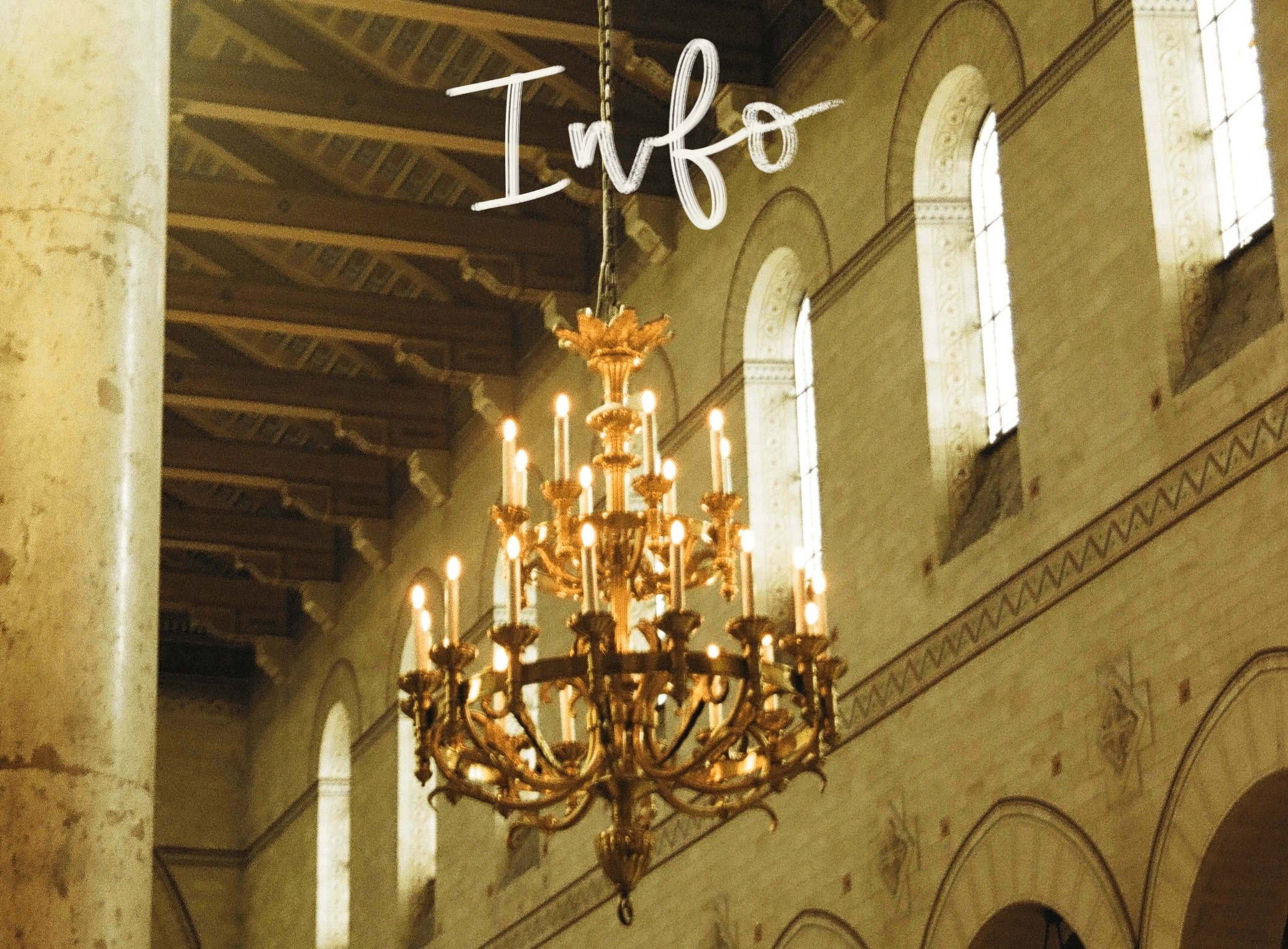
Everything you need to know about working with me :)
My film camera is a Canon EOS 5000, and my digital camera is a Canon Rebel T1i. I also have a small point-and-shoot camera that I sometimes use.
My favorite film stocks are Kodak Ultramax and Kodak Gold. I also use Kodak Portra 800 or 400, Kodak ColorPlus, and occasionally Fujifilm. For black and white photography, my go-to is Ilford HP5 Plus.
Each film has its own character: Kodak Ultramax and Kodak Gold tend to produce warmer tones with a subtle but noticeable grain. Kodak Portra is specifically designed for portraits and delivers good skin tones, though it comes at a higher cost. Fujifilm tend to have more green undertones and a coarser grain structure.
Film has a unique aesthetic compared to digital photography. I personally feel the analog process adds so much love and character to each image. Film photos tend to be more vibrant with warmer hues and just the perfect amount of grain to make a photo feel cinematic and dreamy.
Film photography is significantly more expensive than digital due to recurring costs. Unlike digital, you need to continuously purchase film and pay for development. Film stocks range from $6 (usually black and white or budget options) to $22+ per roll of 36 exposures. Development costs average around $15 per roll, meaning you'll spend anywhere from $20-45 per roll of 36 photos. This cost is factored into my shoot pricing :)
My favorite place for film development is Nichols in Salt Lake City, though it is on the pricier side. They charge per usable photo, which is helpful when you're learning film photography. Since most of my pictures turn out, I usually spend around $20 or more per roll there.
Allen's Camera (with locations in Layton, Salt Lake, Provo, and other areas) is a good backup option and more affordable at around $12-14 per roll. I prefer Nichols for their quality and speed—I typically get my photos back within 24 hours, compared to the 5-10+ days it usually takes at other developers.
